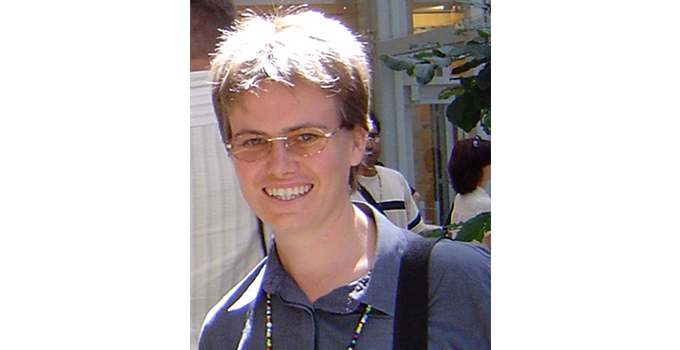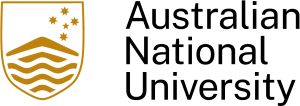Michelle Coote: A lot has changed, but there’s still great things to come

Professor Michelle Coote, a graduate of the University of New South Wales, joined the Research School of Chemistry after a varied career in a range of chemical fields.
“I studied industrial chemistry at the University of New South Wales and had various industrial placements, including a year in a paint laboratory at Rhom and Haas in Geelong,” Michelle explains. “I became interested in polymer chemistry and kinetics and did both honours and my PhD at University of New South Wales.”
“To broaden my skills, I then took a postdoctoral fellowship at the University of Durham UK. This was in the field of polymer physics using techniques such as neutron reflectometry to study polymer diffusion driven by polymer reactions.”
After her fellowship Michelle finally decided she wanted to settle on chemistry, joining the RSC in 2001. From here she’s manage to take her interest in polymer chemistry to a whole range of new levels.
“I guess I’ve always been interested in why chemical reactions happen the way they do and how we can change the outcome. That’s what we’re trying to do. We’re not just measuring how fast something happens or what happens, we’re trying to understand in simple terms why the chemical structure of the reagents involved led to that outcome and not another one. Once you understand that you can then manipulate and control.”
Arriving at the ANU Michelle says she was stunned by the resources available.
“When I first arrived at the RSC - and even more so when I was a summer scholar in 1995 - the school was still part of the Institute for Advanced Studies and had a heavy research culture and was incredibly well funded. I was blown away by the resources here. And what’s more, these were guaranteed by the block grant. No one had to apply for grants.”
“It was an amazing place to do research free from the time pressures of teaching, writing grants and so forth. It had a relaxed and scholarly atmosphere where people had time to talk chemistry. It’s no wonder that the School produced and attracted the top chemists in the country and trained most of the current generation of academics in Australia.”
With this Michelle and her team have developed some large projects, integrating both practical and pure research methods together.
“As an example of reagent design itself, one of our projects is with an industrial partner,” she explains. “We’re working in a three way collaboration with them with an experimental team in Germany.”
“What they wanted us to do is to design self-healing polymers. So a self-healing polymer is a polymer made out of smaller components where the small components are small polymers. The idea is that under one set of conditions all these small components join up to form a polymer and you’ve got a hard engineering material. Then under another set of conditions they reversibly separate and you have a viscous liquid. You might use it in 3D printing or it might be a coating on a car to heal a scratch.”
Michelle has managed all of this under a significantly changing research environment, one in which she says brings challenges, but also adds significant positives to the research process.
“Things have changed now of course in lots of ways. We all teach, we have very little internal financial support available - if we don’t win grants we can’t do research. There is a lot more pressure to be producing top quality work all of the time to remain ARC competitive and keep the school ERA competitive.”
“The downside of these changes is an erosion of work-life balance and increasing stress, particularly for people looking to establish themselves but really for anyone who wishes to remain research active - you are only as good as your last grant.”
“The plus side is that we are more accountable - we are paid by tax payers to have a very privileged job, and we should be working hard and effectively. The introduction of teaching into the school has been a positive move. I find teaching helps me to better understand the context of my discipline - as I have teach much broader areas than those I research. We’re privileged at ANU to attract some of the best students in Australia and they are a pleasure to interact with, and many of them end up doing undergraduate research projects - some even stay for PhDs.”
But it remains the resources available that has kept Michelle in the School. She says RSC is still the premier facility for her to complete her work.
“While I was at one point given extremely generous offers to move, I decided to stay. What the ANU has going for it is high quality students, relatively low teaching loads, and the RSC has fantastic new building and equipment.
“Computational chemists have enhanced access to the best supercomputer in Australia which sits on our campus. The generational change in our staff over the last few years is exciting and has opened up new collaboration opportunities. It’s also particularly nice to start seeing some small steps towards addressing gender equity issues.”
